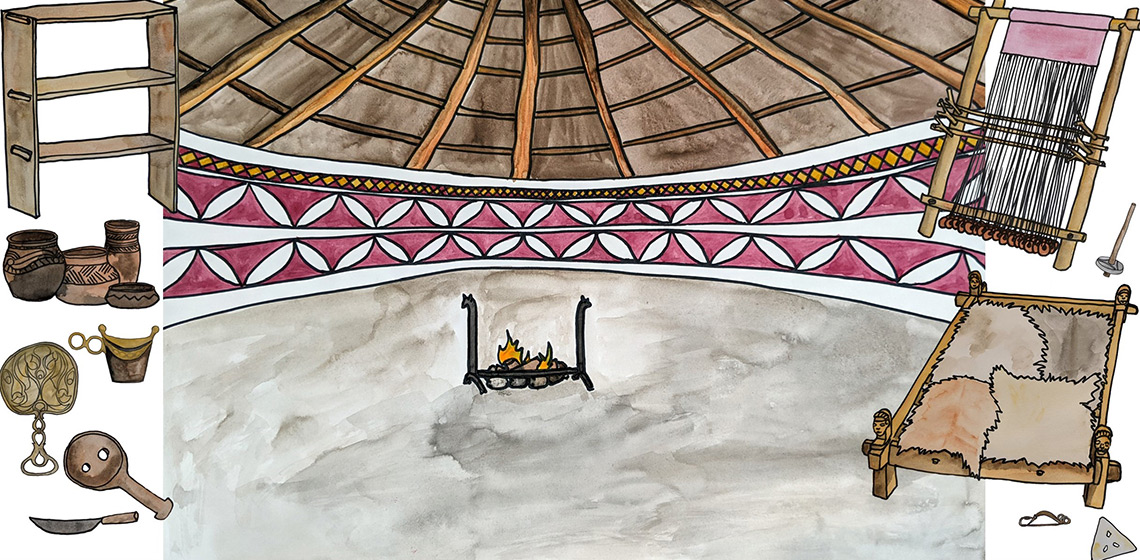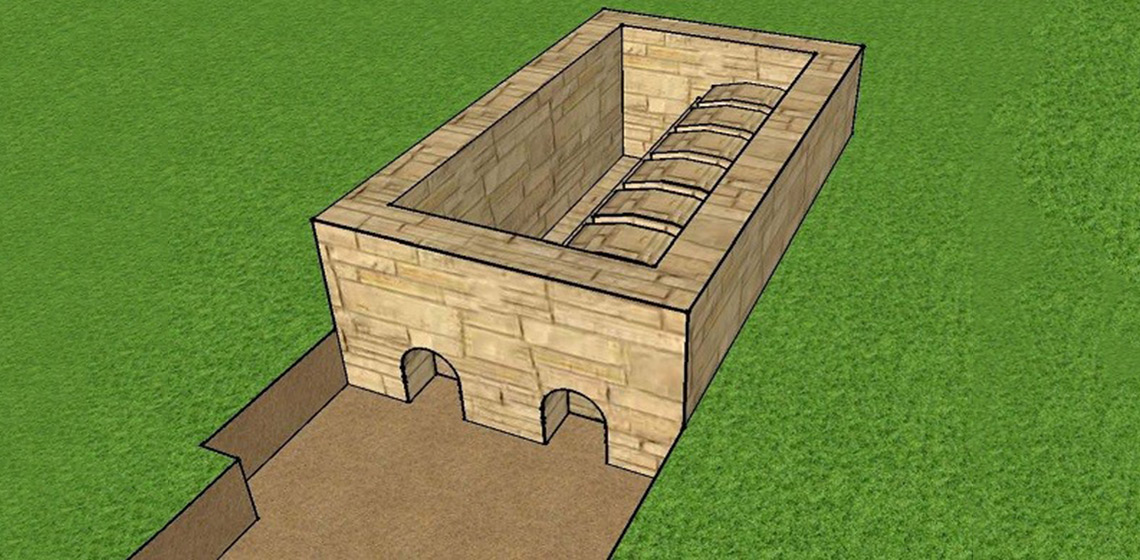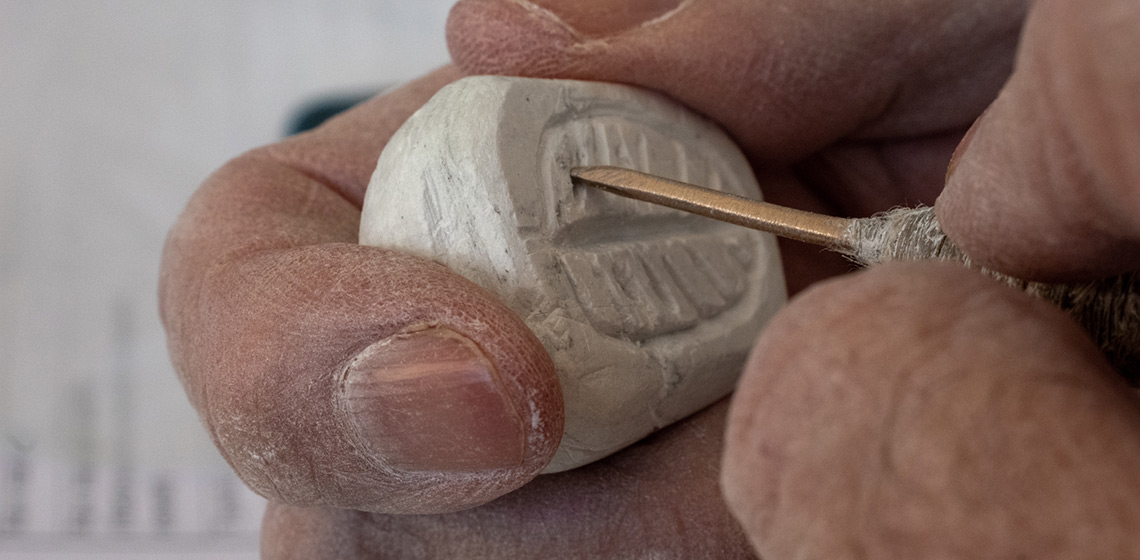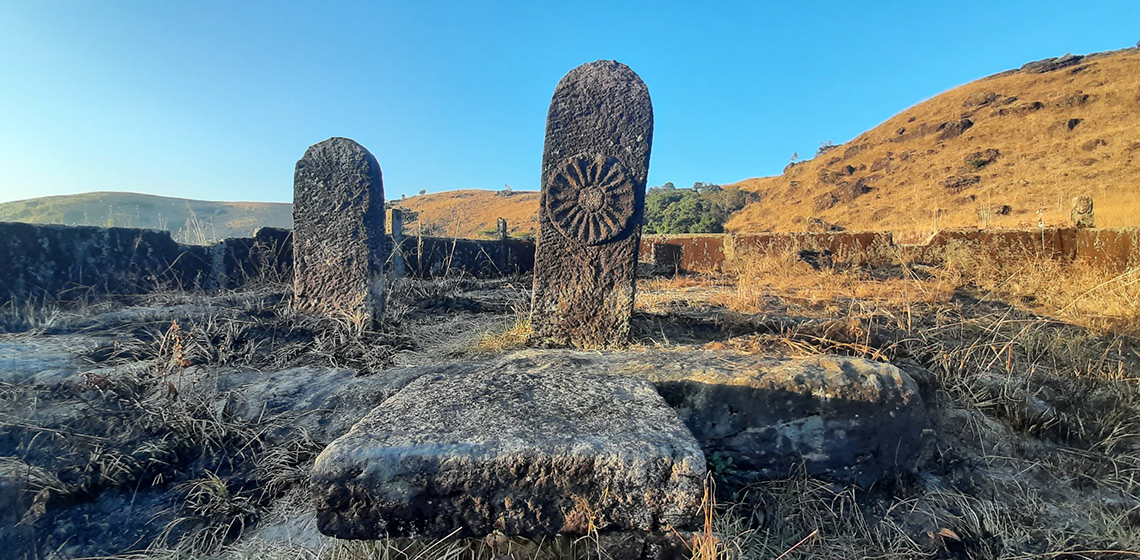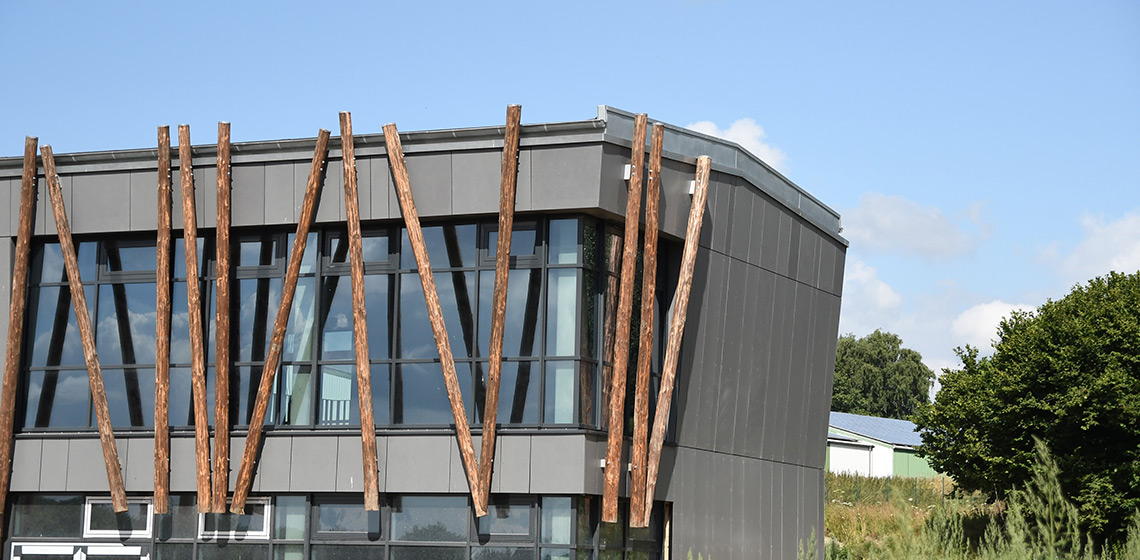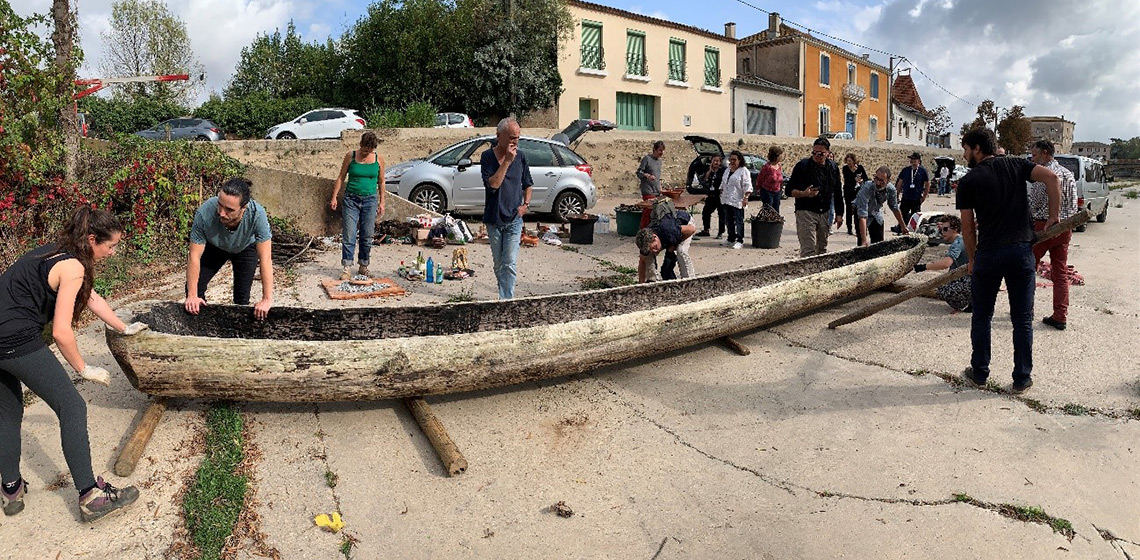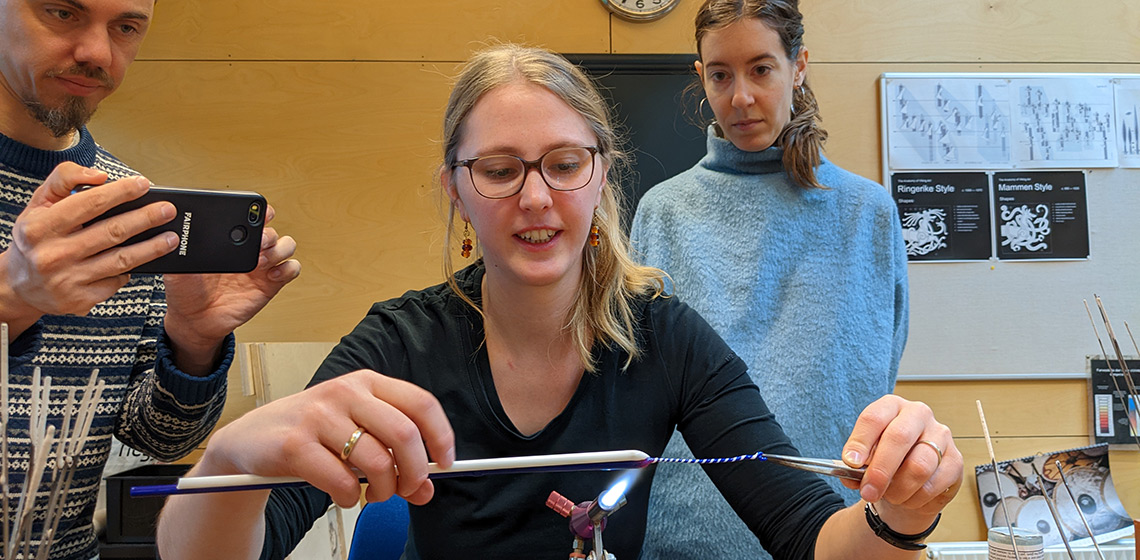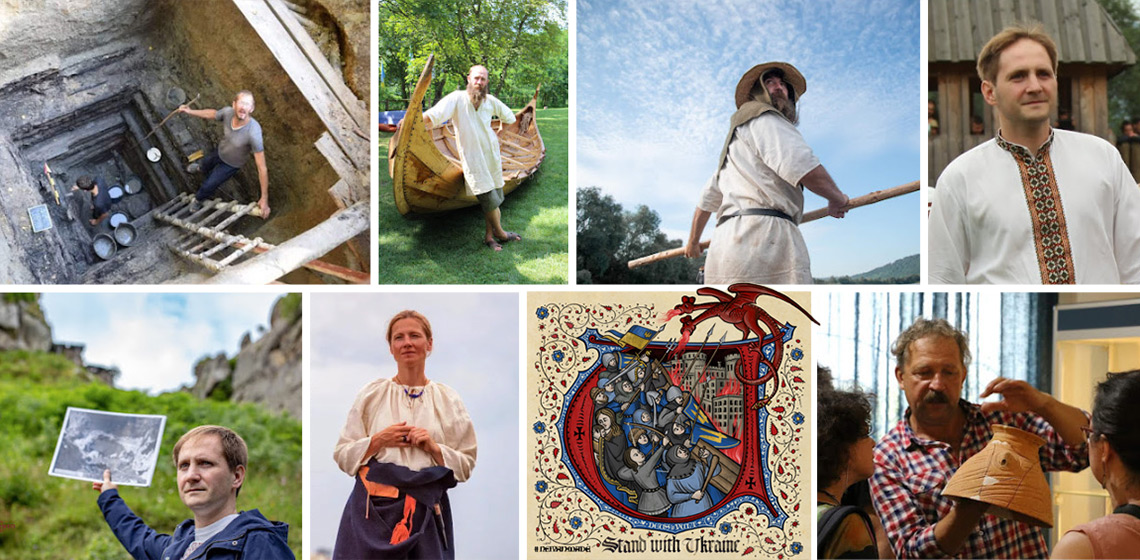EXARC Journal Issue 2023/1



12 Articles | DOAJ | Open Access
ISSN: 2212-8956
Publishing date: March 3, 2023
📄 EXARC Journal 2023/1 Table of Contents
Copyrights: EXARC, 2023
Listen in to the episode of "EXARC Extracts", where we provide you with a short summary of the articles in the latest issue of the EXARC Journal. Matilda Siebrecht summarises the reviewed articles from the 2023/1 issue of the EXARC Journal. It includes seven reviewed articles as well as five unreviewed mixed matter articles.
Reviewed Articles
Exploring the Potential of Shared Authority Projects in Open-Air Museums
Publication Date
#EAC12 World Tour 2021
***As our societies become more diverse and the demographics of heritage visitors change, many open-air museums are concerned about how to remain relevant. Making a shift to an activist approach is one way museums can evolve to better serve their visitors and community. Many traditional museums have adopted this approach, but relatively few open-air museums have done so...
***As our societies become more diverse and the demographics of heritage visitors change, many open-air museums are concerned about how to remain relevant. Making a shift to an activist approach is one way museums can evolve to better serve their visitors and community. Many traditional museums have adopted this approach, but relatively few open-air museums have done so...
Peat Burns: The Methods and Implications of Peat Charcoaling
Publication Date
The Northern Isles of Scotland offer a fascinating case study for understanding past economies and resource management due to the comparative lack of trees found elsewhere in the British Isles. Archaeological evidence proves that this environment did not prevent the development of industrial pursuits in this region during the Iron Age and local accounts dating to ...
Hard Fun: Further Discussions on an Undergraduate Project to (Re)Construct and Fire a Medieval Tile Kiln
Publication Date
This experiment, undertaken over a 12-month period in 2015 at Norton Priory Museum in Cheshire, formed part of a pedagogic case study and an experimental archaeology project. Here eight Archaeology and 12 Ceramics students from the University of Central Lancashire (UCLAN) researched, built, and fired a tile kiln using evidence from previous experimental archaeology projects on the site and other firing projects...
Leave your Stamp: Reconstruction of the Scarab Production Chain
Publication Date
Scarabs are beetle-shaped seals originating in Egypt during the third millennium BC. They were first imported into the southern Levant during the early second millennium BC (Middle Bronze Age I), leading to a flourishing of local production in the following centuries...
Experimental Weaving and Twining with Ceramic Crescents from the Late Neolithic and Chalcolithic in Southwestern Iberia
Publication Date
Ceramic crescents are a common find at Late Neolithic and Chalcolithic sites in southwestern Iberia (late fourth – third millennium BC). These objects, which often weigh less than 100 g and are perforated on each end, are typically referred to as loom weights and thought to be associated with textile production, although their function remains uncertain...
Breathing Life Sustainably - An Abandoned Settlement to an Open-Air Museum Twah Longwar
Publication Date
Twah Longwar is an abandoned settlement located in the State of Meghalaya in North-East India. It is located enroute to one of the world's rainiest places on earth – Mawsynram. Twah Longwar is an abandoned settlement with remnants of over twenty old houses, an ancient market, and a burial site. In a place where rainfall is a concern but also a major tourist attraction, and where lost architectural styles are only...
The Stone Age becomes Sustainable - Experiences from being an Educational Partner for Sustainable Development for more than 15 years
Publication Date
Since the year 2006 the Archaeological-Ecological Centre Albersdorf (AÖZA), Germany, has worked as an officially recognised partner for sustainable development on an institutional base for the Sustainable Development Goals of the UNO on a regional level. In this article the thematic background of the educational work in archaeology and ethnography will be ...


